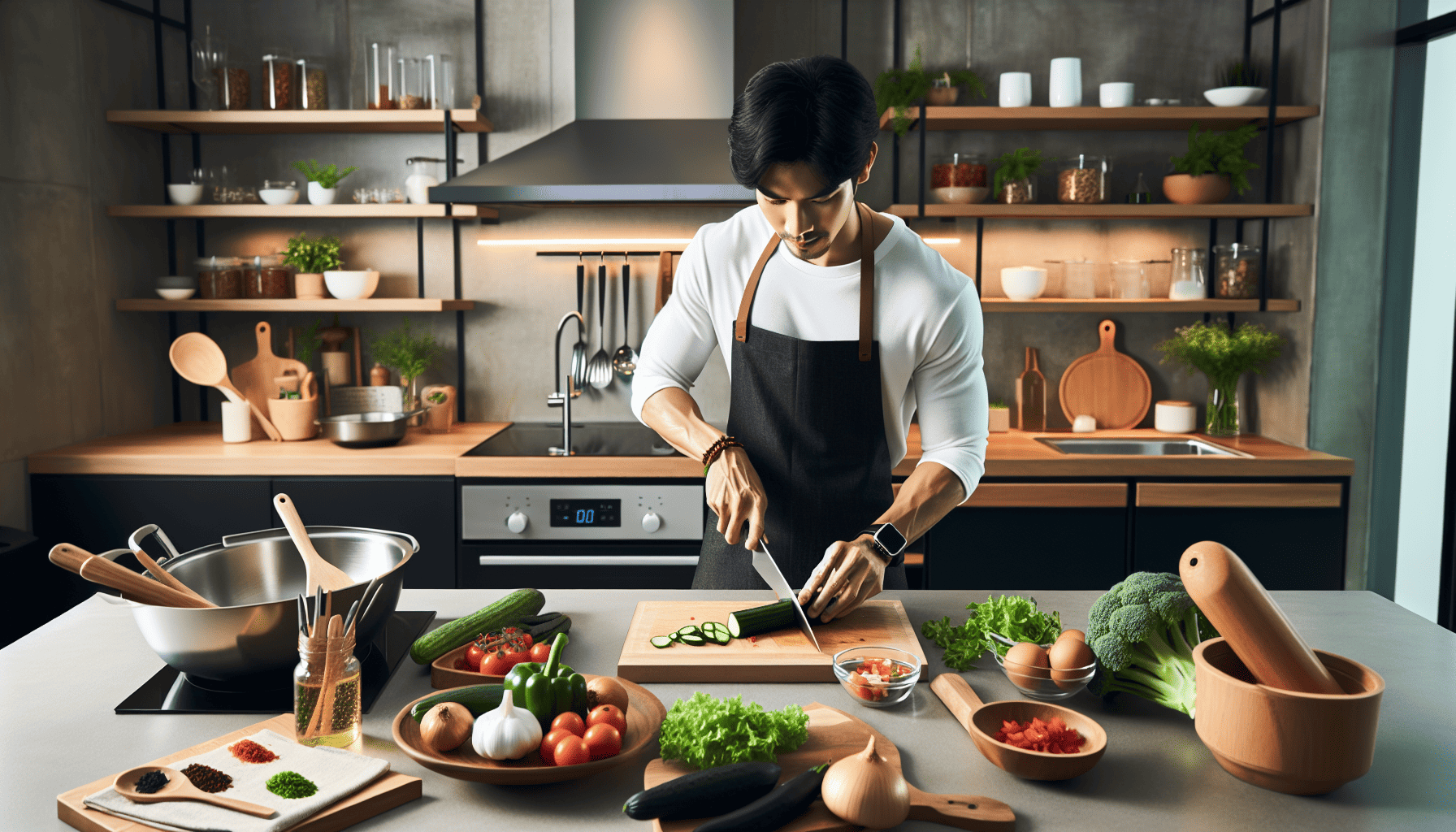Cooking can seem daunting, but mastering a few simple techniques can greatly enhance your culinary skills, turning everyday meals into flavorful delights. Here are some easy cooking techniques to get you started:
-
Sautéing: This method involves cooking food quickly in a small amount of oil or butter over relatively high heat. It's perfect for vegetables, thin cuts of meat, or seafood. The key is to keep the food moving in the pan to ensure even cooking and prevent burning.
-
Braising: Braising is ideal for tougher cuts of meat. Start by searing the meat in a pan to develop flavor, then slowly cook it covered in a small amount of liquid over low heat, often for several hours. This technique results in tender, flavorful dishes.
-
Blanching: Great for vegetables, blanching involves boiling them briefly and then shock cooling in ice water. This technique preserves color and crunch while allowing for easier peeling or further cooking.
-
Roasting: Use dry heat to cook in an oven. It’s ideal for meats, poultry, and vegetables, giving them a crispy exterior and tender interior. Ensure even cooking by spreading items out on a baking tray.
-
Steaming: Steaming cooks food using moisture. It’s a healthy way to prepare foods like vegetables, fish, or dumplings, as it retains most nutrients that might be lost in other cooking methods.
-
Poaching: This gentle method of cooking in liquid just below boiling is perfect for delicate foods like eggs, fish, and fruit. The low temperature prevents them from becoming tough or rubbery.
-
Grilling: Grilling imparts a unique smoky flavor and works well for meats, vegetables, or even fruits. Preheat the grill thoroughly for the best results and try to avoid flipping foods too often.
-
Baking: Often associated with breads and sweets, baking uses dry heat in an oven. Ensuring your oven is preheated and using correct measurements for ingredients can make a substantial difference.
-
Frying: Includes deep frying and shallow frying. While often associated with less healthy foods, controlling oil temperature can give you crispy, tasty results without being overly greasy.
-
Marinating: Infusing flavors into proteins or vegetables by soaking them in a mixture of spices, herbs, oils, and acids. It not only enhances flavor but can also tenderize tougher cuts of meat.
Mastering these techniques doesn’t require fancy equipment or extensive experience. Start experimenting with these methods, and in no time, you'll find your confidence in the kitchen growing, transforming mundane meals into gourmet experiences. Remember, the key to success lies in practice, patience, and a willingness to try new things. Happy cooking!
